Where is new physics hiding?
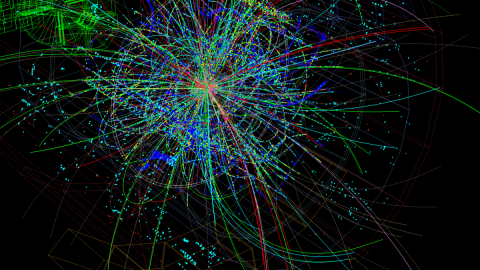
And the science of how we can find it.
This article is written by Sabine Hossenfelder. Sabine is a theoretical physicist specialized in quantum gravity and high energy physics. She also freelance writes about science.
“Reality is what kicks back when you kick it. This is just what physicists do with their particle accelerators. We kick reality and feel it kick back. From the intensity and duration of thousands of those kicks over many years, we have formed a coherent theory of matter and forces, called thestandard model, that currently agrees with all observations.” –Victor Stenger
The year is 2016, and physicists are restless. Four years ago, the LHC confirmed the Higgs boson, the last outstanding prediction of the Standard Model. The chances were good, so they thought, that the LHC would also discover other new particles — naturalness seem to demand it. But, so far, given all the data they’ve collected, their greatest hopes appear to be phantasms.
The Standard Model and General Relativity do a great job, but physicists know this can’t be it. Or at least they think they know: the theories are incomplete, not only disagreeable and staring each other in the face without talking, but inadmissibly wrong, giving rise to paradoxa with no known cure. There has to be more to find, somewhere. But where?
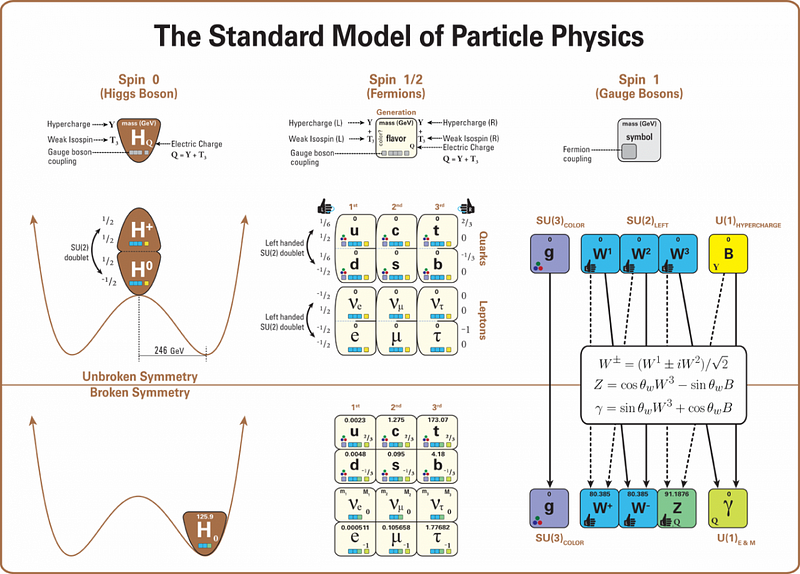
The hiding places for novel phenomena are getting smaller. But physicists haven’t yet exhausted their options. Here are the most promising areas where they currently search:
1.) Weak Coupling. Particle collisions at high energies, like those reached at the LHC, can produce all existing particles up to the energy that the colliding particles had. The amount of new particles you make, however, depends on the strength by which they couple to the particles that were brought to collision (for the LHC that’s protons, or their constituents quarks and gluons, respectively). A particle that couples very weakly might be produced so rarely that it could have gone unnoticed so far.
Physicists have proposed many new particles which fall into this category because weakly interacting stuff generally looks a lot like dark matter. Most notably there are the weakly interacting massive particles (WIMPs), sterile neutrinos (that are neutrinos which don’t couple to the known leptons), and axions (proposed to solve the strong CP problem and also a dark matter candidate).
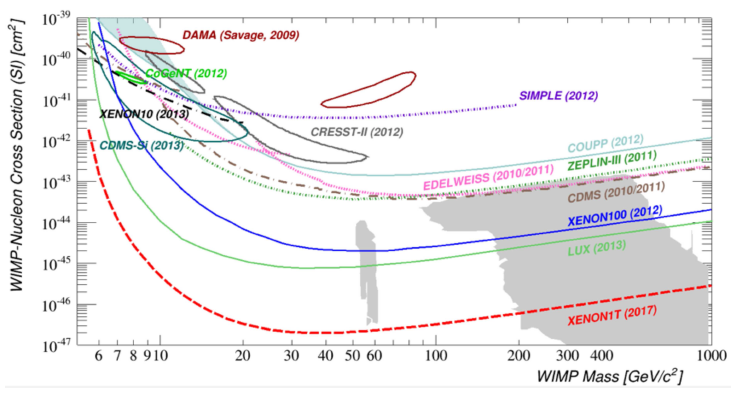
These particles are being looked for both by direct detection measurements — monitoring large tanks in underground mines for rare interactions — and by looking out for unexplained astrophysical processes that could make for an indirect signal.
2.) High Energies. If the particles are not of the weakly interacting type, we would have noticed them already, unless their mass is beyond the energy that we have reached so far with particle colliders. In this category we find all the supersymmetric partner particles, which are much heavier than the standard model particles because supersymmetry is broken. Also at high energies could hide excitations of particles that exist in models with compactified extra dimensions. These excitations are similar to higher harmonics of a string and show up at certain discrete energy levels which depend on the size of the extra dimension.
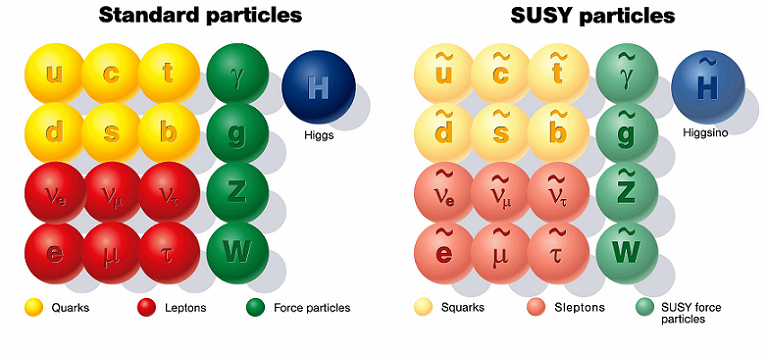
Strictly speaking, it isn’t the mass that is relevant to the question whether a particle can be discovered, but the energy necessary to produce the particles, which includes binding energy. An interaction like the strong nuclear force, for example, displays “confinement” which means that it takes a lot of energy to tear quarks apart even though their masses are not all that large. Hence, quarks could have constituents — often called “preons” — that have an interaction — dubbed “technicolor” — similar to the strong nuclear force. The most obvious models of technicolor however ran into conflict with data decades ago. The idea however isn’t entirely dead, and though the surviving models aren’t presently particularly popular, some variants are still viable.
These phenomena are being looked for at the LHC and also in highly energetic cosmic ray showers.
3.) High Precision. High precision tests of standard model processes are complementary to high energy measurements. They can be sensitive to tiniest effects stemming from virtual particles with energies too high to be produced at colliders, but still making a contribution at lower energies due to quantum effects. Examples for this are proton decay, neutron-antineutron oscillation, the muon g-2, the neutron electric dipole moment, or Kaon oscillations. There are existing experiments for all of these, searching for deviations from the standard model, and the precision for these measurements is constantly increasing.
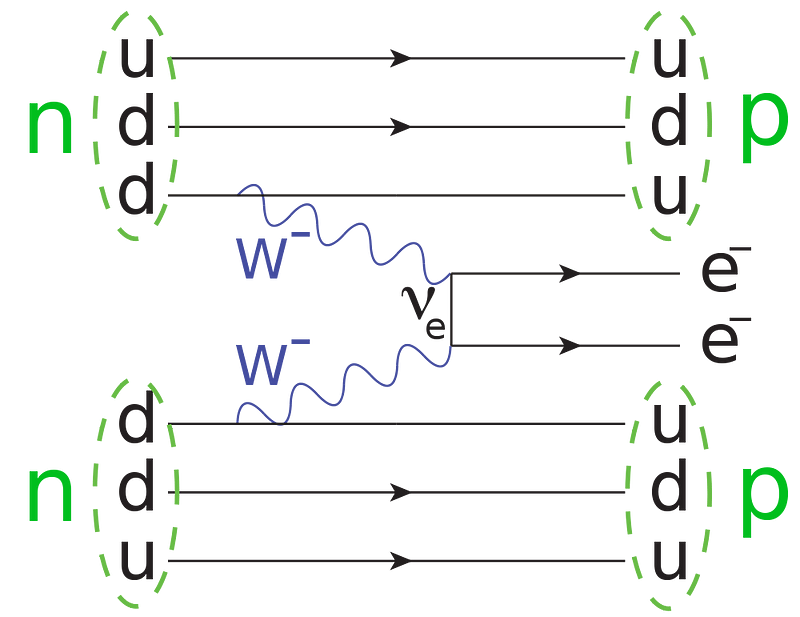
A somewhat different high precision test is the search for neutrinoless double-beta decay which would demonstrate that neutrinos are Majorana-particles, an entirely new type of particle. (When it comes to fundamental particles that is. Majorana particles have recently been produced as emergent excitations in condensed matter systems.)
4.) Long ago. In the early universe, matter was much denser and hotter than we can hope to ever achieve in our particle colliders. Hence, signatures left over from this time can deliver a bounty of new insights. The temperature fluctuations in the cosmic microwave background (B-modes and non-Gaussianities) may be able to test scenarios of inflation or its alternatives (like phase transitions from a non-geometric phase), whether our universe had a big bounce instead of a big bang, and — with some optimism — even whether gravity was quantized back them.
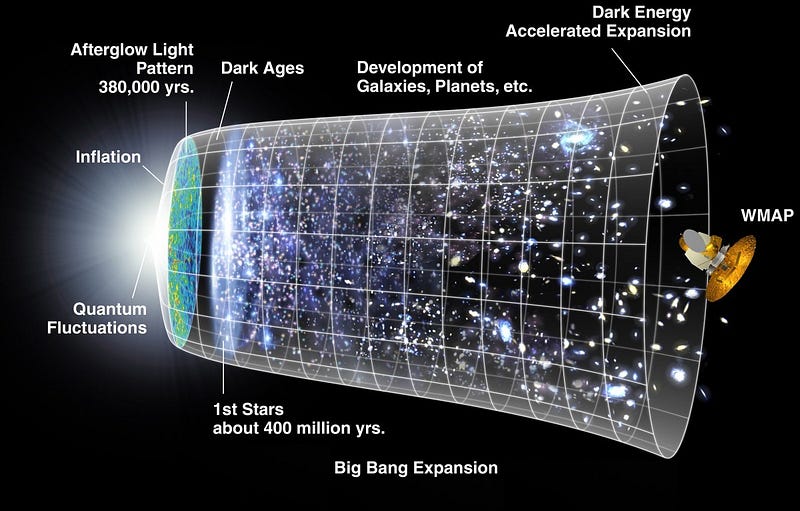
5.) Far away. Some signatures of new physics appear on long distances rather than of short. An outstanding question is for example what’s the shape of the universe? Is it really infinitely large, or does it close back onto itself? And if it does, then how does it do this? One can study these questions by looking for repeating patterns in the temperature fluctuation of the cosmic microwave background (CMB). If we live in a multiverse, it might occasionally happen that two universes collide, and this too would leave a signal in the CMB. Another novel phenomenon that would become noticeable on long distances is a fifth force, which would lead to subtle deviations from general relativity. This might have all kinds of effects, from violations of the equivalence principle to a time-dependence of dark energy. Hence, there are experiments testing the equivalence principle and the constancy of dark energy to every higher precision.
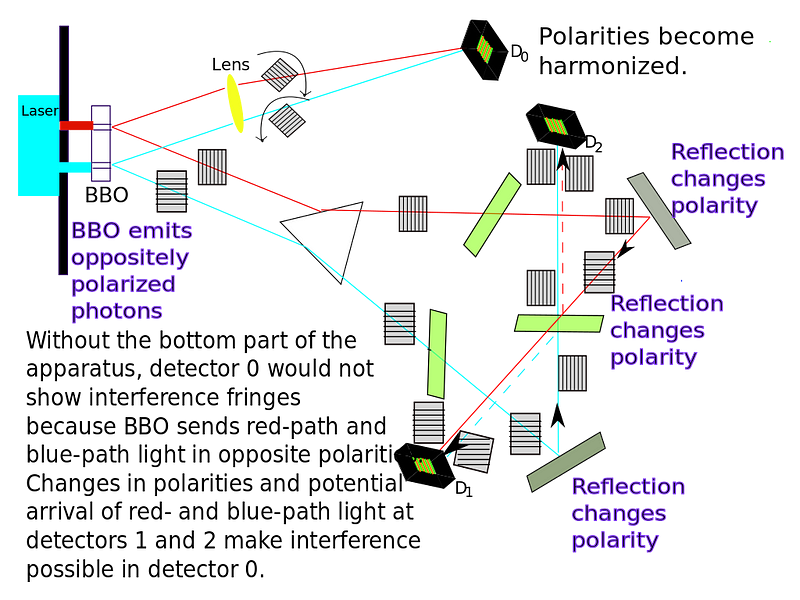
6.) Right here. Not all experiments are huge and expensive. While tabletop discoveries have become increasingly unlikely simply because we’ve pretty much tried all that could be done, there are still areas where small-scale lab experiments reach into unknown territory. This is the case notably in the foundations of quantum mechanics, where nanoscale devices, single photon sources and — detectors, and increasingly sophisticated noise-control techniques have enabled previously impossible experiments. Maybe one day we’ll be able to solve the dispute over the “correct” interpretation of quantum mechanics simply by measuring which one is right.
Physics is far from over. It has become more difficult to test new fundamental theories, but we are pushing the limits in many currently running experiments. There must be new physics out there; we simply need to look at higher energies, higher precisions, or at more subtle effects. If nature is kind to us, this decade might finally be the one that sees us break through the Standard Model to the novel Universe beyond.
This post first appeared at Forbes, and is brought to you ad-free by our Patreon supporters. Comment on our forum, & buy our first book: Beyond The Galaxy!





